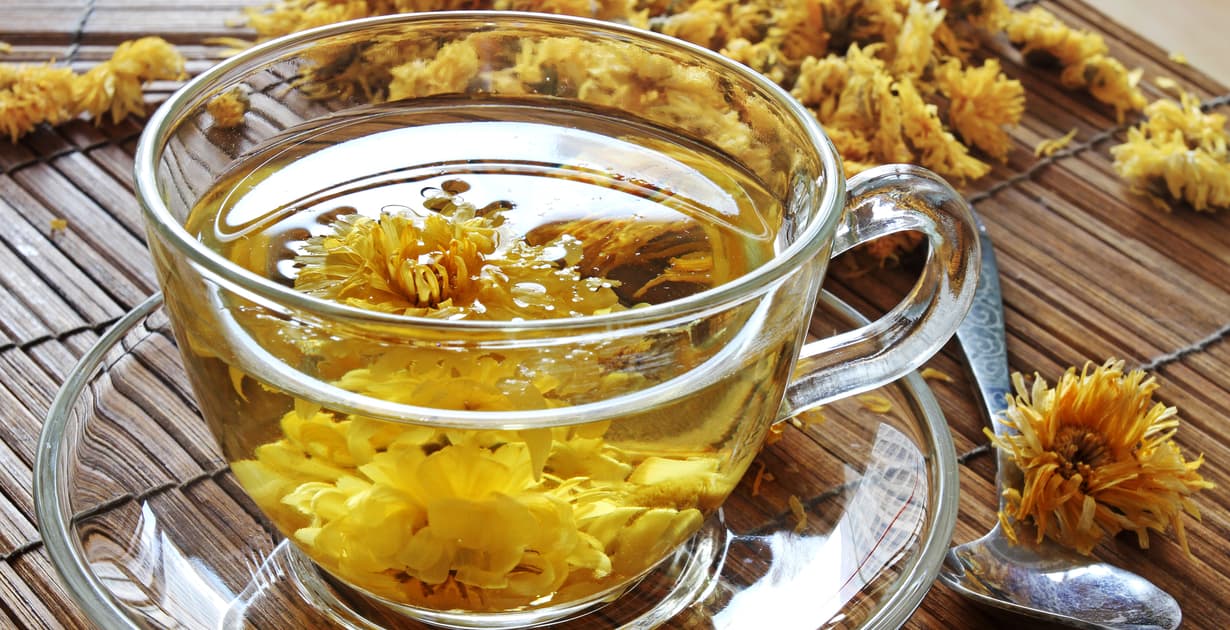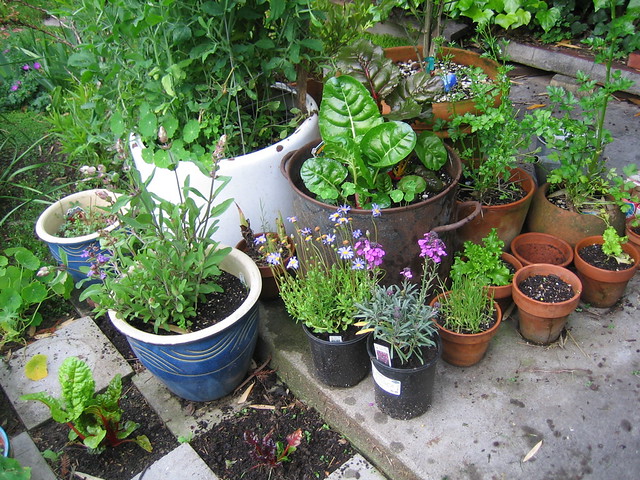Chrysanthemum flowers, known for their vibrant colors and elegant appearance, offer not only visual beauty but also a range of herbal benefits. Cultivating chrysanthemums for herbal use can be a rewarding endeavor, providing a source of natural remedies and promoting overall well-being. In this blog, we’ll explore tips and techniques to successfully grow chrysanthemum flowers, ensuring a bountiful harvest for herbal purposes.
Selecting the Right Chrysanthemum Variety
Choosing the right chrysanthemum variety is a crucial first step in your herbal gardening journey. Chrysanthemums come in various types, including those with single, semi-double, and double blooms. Different varieties also offer distinct flavors and medicinal properties. Select a variety that aligns with your herbal goals, whether it’s for teas, infusions, or medicinal extracts.
For herbal purposes, consider varieties such as Chrysanthemum morifolium or Chrysanthemum indicum, which are commonly used in traditional medicine. Pay attention to the flavor profile and potential health benefits associated with each variety to match your preferences and intended use.
Ideal Growing Conditions
Chrysanthemums thrive in specific growing conditions, and providing the right environment is essential for their health and productivity. Choose a location with well-draining soil that receives ample sunlight, preferably at least six hours of direct sunlight per day. Adequate air circulation is also crucial to prevent diseases.
Prepare the soil with organic matter to enhance fertility and drainage. Ensure that the pH level is between 6.5 and 7.5 for optimal growth. Proper spacing between plants is essential to allow for good air circulation and prevent overcrowding, which can lead to fungal issues.
Propagation Methods
Chrysanthemums can be propagated through various methods, including seeds, cuttings, and division. Select the propagation method that suits your preferences and experience level. Growing chrysanthemums from seeds may require more time and patience, while cuttings and division offer a quicker way to establish new plants.
If starting from seeds, sow them indoors in the early spring and transplant the seedlings once they are strong enough. For cuttings, select healthy stems and root them in a well-draining medium. Division involves separating established plants into smaller sections, ensuring each division has roots and shoots for successful growth.
Watering and Fertilization
Chrysanthemums prefer consistently moist but not waterlogged soil. Water your plants regularly, especially during dry periods, and aim to keep the soil consistently moist. However, avoid overwatering, as chrysanthemums are susceptible to root rot in waterlogged conditions.
Fertilize your chrysanthemums with a balanced, all-purpose fertilizer during the growing season. Start with a slow-release fertilizer when planting, and supplement with liquid fertilizer every 2-3 weeks. Adjust the fertilizer application based on the specific needs of your chrysanthemum variety and the soil conditions.
Pruning and Pinching
Proper pruning and pinching are essential for shaping chrysanthemum plants, encouraging bushy growth, and promoting prolific flowering. Pinch the tips of young shoots regularly to encourage lateral branching, which results in more blooms. Pinching can be done every few weeks until mid-July, after which it’s crucial to allow the plant to allocate energy to bud development.
Pruning is essential for maintaining a compact and attractive shape. Remove spent flowers to encourage continuous blooming and prevent the plant from going to seed. Trim back the stems in early summer to control height and promote a bushier growth habit.
Protecting Against Pests and Diseases
Chrysanthemums can be vulnerable to pests such as aphids, spider mites, and leafhoppers, as well as diseases like powdery mildew and rust. Regularly inspect your plants for any signs of infestation or disease, and take prompt action to address issues.
Encourage natural predators like ladybugs and beneficial insects to control pests. Neem oil or insecticidal soap can be effective against aphids and spider mites. Fungicides may be necessary to combat diseases, but practicing good garden hygiene, proper spacing, and adequate air circulation can help prevent many common issues.
Harvesting Chrysanthemum Flowers for Herbal Use
Harvesting chrysanthemum flowers at the right time is crucial to ensure maximum potency and flavor for herbal use. The best time to harvest is when the flowers are fully open but before they start to fade. For medicinal purposes, harvest flowers in the morning after the dew has dried, as this is when the concentration of essential oils is highest.
Use clean, sharp scissors or pruning shears to cut the flowers, leaving a portion of the stem attached. Harvesting regularly encourages continuous blooming. Once harvested, allow the flowers to dry thoroughly in a cool, dark place with good air circulation. Store the dried flowers in an airtight container away from direct sunlight for long-term use.
Enjoying Chrysanthemum Herbal Delights
Now that you’ve successfully grown and harvested your chrysanthemum flowers, it’s time to savor the herbal delights they offer. Chrysanthemum tea, made by steeping dried flowers in hot water, is a popular choice known for its soothing properties and delicate flavor.
Experiment with different recipes, such as infusions, tinctures, or herbal blends, to explore the diverse ways you can incorporate chrysanthemum into your wellness routine. Whether you’re seeking relaxation, immune support, or a delightful herbal beverage, chrysanthemum flowers offer a versatile and beneficial addition to your herbal repertoire.
Growing chrysanthemum flowers for herbal use is a gratifying journey that combines the joy of gardening with the wellness benefits of herbal remedies. By selecting the right variety, providing optimal growing conditions, and following proper care and harvesting practices, you can cultivate a thriving chrysanthemum garden. Enjoy the process, savor the herbal delights, and let the vibrant beauty of chrysanthemums enhance both your garden and your well-being.



